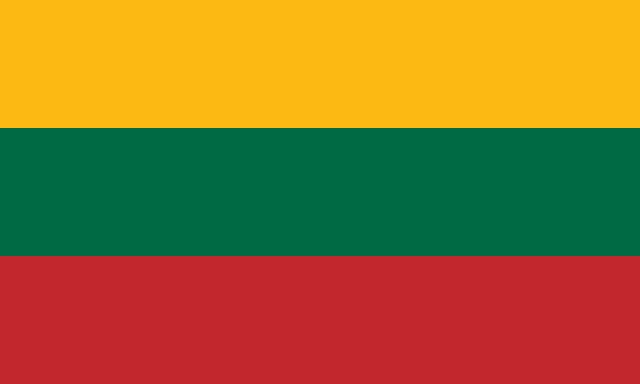Internet governance in Portugal involves the development and implementation of policies, standards, and practices that regulate the internet infrastructure, digital services, and online activities within the country. This process relies on a multistakeholder approach that includes government bodies, private sector entities, civil society organisations, and academic institutions, all working towards the common goal of ensuring a secure, inclusive, and innovative digital environment.
A key institution in this realm is the National Regulatory Authority (ANACOM). ANACOM is responsible for overseeing electronic communications and postal services in Portugal. It ensures compliance with both national and European Union regulations, promotes competition, and protects consumer rights. ANACOM’s functions include spectrum management, monitoring the quality of service provided by telecom operators, initiating cybersecurity measures, and fostering innovation within the telecommunications sector.
The Ministry of Economy and Digital Transition is also pivotal in shaping and implementing digital policies in Portugal. This ministry spearheads several initiatives aimed at promoting digital transformation across various sectors.
At the global connectivity level, Portugal serves as a critical submarine cable nexus. Roughly 25 % of the world’s submarine fibre-optic cables pass through its exclusive economic zone, making it the only European country directly connected to all continents. Leading cables such as EllaLink provide direct, low-latency links between Sines and Fortaleza, Brazil, and are complemented by Google’s Equiano and the expansive 2Africa system. Innovative SMART cable initiatives, including the Atlantic CAM and pilots like EllaLink GeoLab, integrate ocean sensing with telecommunications infrastructure, enhancing Portugal’s role in marine science and environmental monitoring.
Portugal ranks highly on the Democratic Economy and Society Index (DESI), particularly in connectivity and public services, though it continues to seek improvements in basic digital skills, SME digital adoption, cloud, AI, and data analytics uptake. National initiatives such as INCoDe 2030 and the AI Portugal 2030 strategy are closing skill gaps and advancing the country’s AI and digital literacy capacities.










